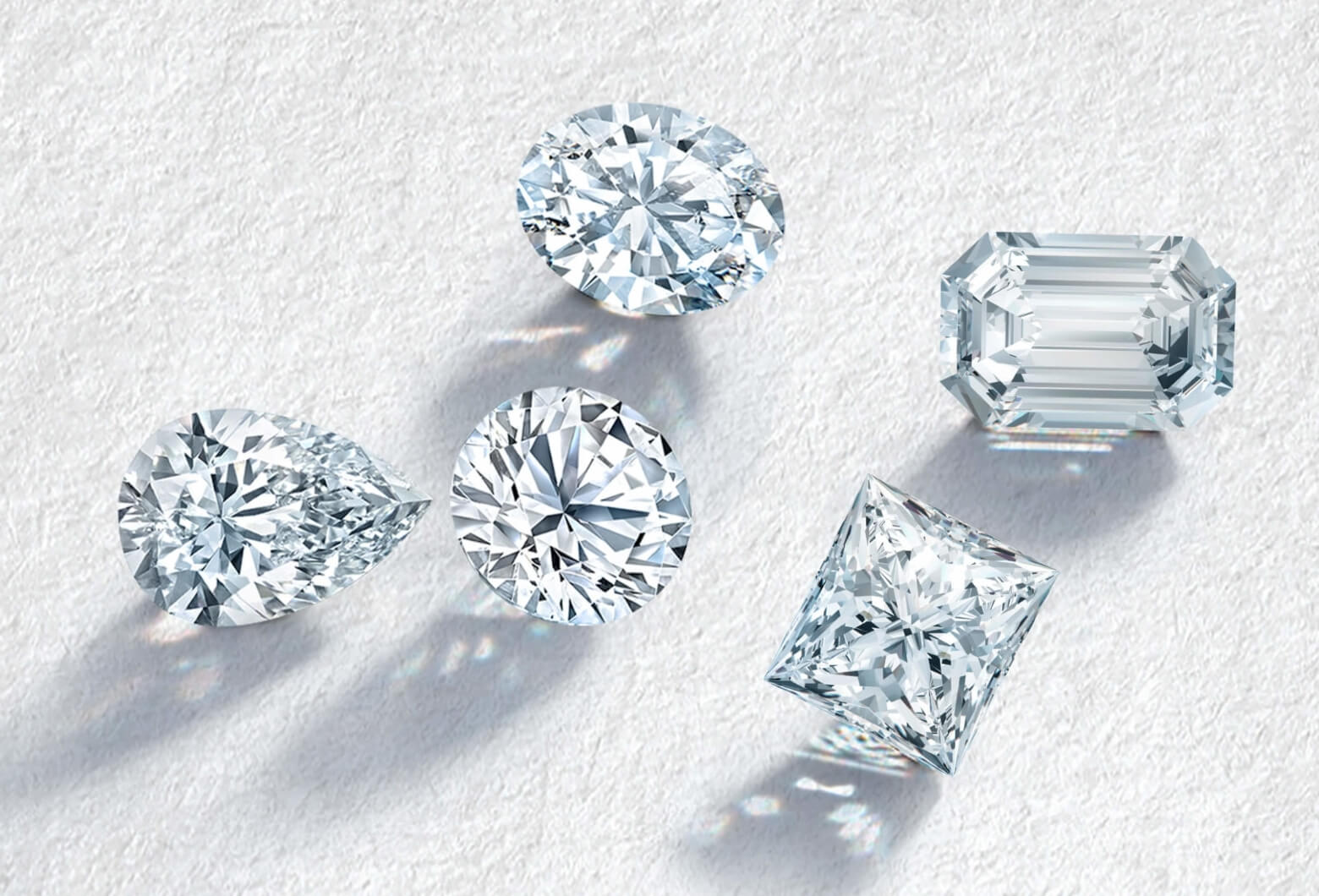Introduction to Diamond Rarity
When you consider diamonds, what rings a chime? Elegance, extravagance, and perhaps a sensation of rarity, right? We much of the time hear that diamonds are rare, yet is this actually the case? We ought to dive into why the notion of mined diamonds being rare is more legend than reality.
Understanding Diamond Formation
Diamonds are formed significant inside the Earth’s mantle under outrageous tension and temperature. North of millions of years, these carbon atoms crystallize into the dazzling gems we see today. In any case, because they form under outrageous conditions doesn’t automatically make them rare why mined diamonds are not rare. The real story lies in what happens after they are formed.
The Diamond Store network
Diamonds go through a broad excursion from their geological formation to their final display in pearls stores. This production network incorporates mining, sorting, cutting, and retailing. Each step adds value, yet not necessarily rarity. We ought to break down how this interaction affects the diamond market.
The Fantasy of Rarity: Historical Context
The De Blends Monopoly
The perception of diamond rarity largely originates from the impact of the De Blends company. In the early 20th hundred years, De Lagers controlled a significant portion of the diamond supply, which allowed them to manipulate the market. By restricting the progression of diamonds and creating the illusion of scarcity, they had the option to drive up costs and cultivate the image of diamonds as rare treasures.
Marketing Strategies
De Blends didn’t stop at controlling stock; they also launched a strong marketing campaign with the slogan “A Diamond is Forever.” This phrase has become synonymous with the idea of diamonds being the ultimate image of enduring affection and rarity. It’s a classic case of viable marketing shaping public perception.
Current Diamond Mining Practices
Advancements in Mining Innovation
In late decades, mining innovation has advanced significantly. Flow systems, for example, distant ocean mining and further created extraction procedures have increased the capability of diamond recuperation. This means that the volume of diamonds extracted has risen, challenging the notion of their rarity.
Global Mining Operations
Diamonds are mined in various regions across the globe, including Africa, Russia, and Canada. Major mining companies have established large-scale operations that produce substantial quantities of diamonds. How about we explore how these operations affect the diamond market.
Major Mining Companies
Companies like De Blends, ALROSA, and Rio Tinto dominate the diamond mining industry. Their broad operations and advanced innovation allow them to access large diamond saves, contributing to a more abundant stockpile than one could anticipate from the notion of rarity.
Production Rates and Saves
Global diamond production is higher than many realize. With vast stores and powerful extraction strategies, the diamond business continues to supply a steady stream of these pearls to the market. This ongoing stock sabotages the idea that diamonds are particularly rare.
Economic Factors Impacting Apparent Rarity
Cost versus Value
Diamonds are many times estimated based on their apparent value rather than their actual rarity. Factors like cut, color, clarity, and carat weight impact the expense, yet these are not necessarily indicators of rarity. The extreme expenses of diamonds are more about market dynamics than their scarcity.
Market Demand and Supply
The diamond market is driven by demand as much as by supply. The perception of rarity can be artificially maintained through strategic marketing and control of supply. At the moment that demand is high and supply is controlled, costs increase, reinforcing the idea of diamonds being rare and valuable.
Lab made diamonds, also known as synthetic or cultured diamonds, are a modern marvel of technology and innovation. Created in controlled laboratory environments, these diamonds replicate the natural processes that form gems deep within the Earth. They possess the same physical and chemical properties as mined diamonds, making them virtually indistinguishable from their natural counterparts.
The Impact of Manufactured Diamonds
Comparing Natural and Manufactured Diamonds
Manufactured diamonds, created in laboratories, are chemically identical to natural diamonds however are conveyed more successfully and in larger quantities. The creating popularity of manufactured diamonds further challenges the notion of mined diamonds being rare. If lab-grown diamonds can be made in abundance, why should naturally occurring diamonds be considered scarce?
The Eventual fate of Diamond Markets
As innovation advances and manufactured diamonds become more accepted, the market dynamics for natural diamonds will continue to move. The traditional point of view on diamonds as rare may end up being even less tenable as more options and sources enter the market.
Conclusion
All altogether, why are mined diamonds not as rare as commonly accepted? The legend of diamond rarity is a consequence of historical market manipulation, advancements in mining innovation, and strategic marketing. While diamonds are for certain beautiful and valuable, their apparent rarity is more a consequence of controlled supply and strong marketing than their actual abundance. As the market grows, especially with the ascent of manufactured diamonds, the story of diamonds and their rarity will continue to change.




_1632588357639_1632588385222.jpg)